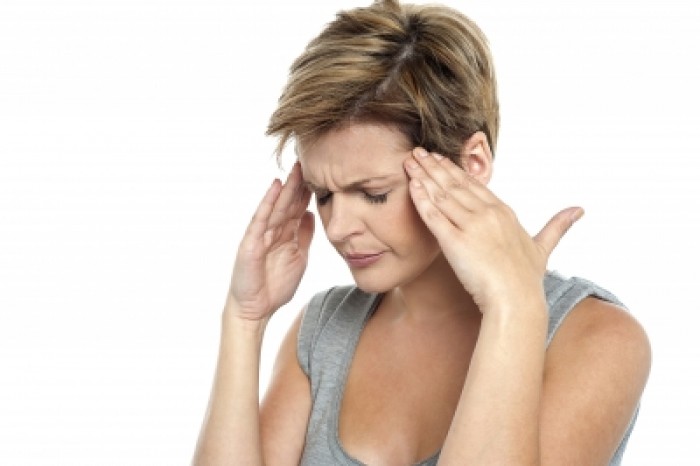Będąc w trakcie ostatniego roku studiów na Uniwersytecie Edynburskim na kierunku MSc in the Clinical Management of Pain tematy prac oparte są często na studiach przypadków tzw. case studies.
Poniżej załączam właśnie takie studium jednej z naszych pacjentek cierpiącej na szyjnopochodne bóle głowy.
"A 51 year old female presented to our clinic in September 2017, complaining of headaches which were localized on the right side of her forehead, temple and orbital area as well as concomitant pain in the cervical spine. The patient could not recall any specific onset of her symptoms; however they have been ongoing for more than 2 years. Headache attacks occurred few times per month and lasted from 24 to 72 hours. Patient described pain as a “pressure” without pulsations with intensity of 7-8/10 on a 0-10 pain scale.
She believed stress and change of weather conditions initiated her symptoms. There was no family history of migraine or any other headache disorders. Patient was otherwise healthy with normal blood tests results. However, her medical history was positive for gastrointestinal complaints in the past for which she was treated with diet. She had seen an osteopath on few occasions in the past but with no effect on headache frequency or intensity.
On initial examination, the patient exhibited a reduced flexion and right rotation of the cervical spine with associated muscle stiffness. Palpation revealed tenderness of C3/4 facet joints and paraspinal muscles on the left as well as increased trapezius muscle tone bilaterally. Motion palpation showed spinal dysfunctions and C3/4 and T2/3 levels. Her balance was worse while standing on the left foot with eyes opened and closed and some minor fatigue of the ocular muscles upon gaze testing.
Other neurological and orthopedic tests were unremarkable. The patient was referred for a cervical spine radiographs which showed a mild loss of cervical lordosis, early degenerative changes of C5/6 intervertebral disc and right head tilt. No other findings were noted. Based on the key characteristics of patient’s headaches we diagnosed her with a chronic episodic cervicogenic headache.
Following an initial consultation an individual treatment plan consisting of spinal manipulative therapy, massage and supplementation was presented to the patient. Our patient was treated twice per week for 3 weeks and once per week for 2 weeks thereafter with chiropractic spinal adjustments on the restricted segments as well as weekly deep tissue massage for 5 weeks. She was recommended 300mg of oral magnesium per day and 120 mg daily dose of coenzyme Q10. We advised her to reduce stress by regular aerobic and breathing exercises and recommended heat application to the cervical spine paraspinal muscles as well as trapezius muscles at home.
After 5 weeks of therapy patient’s headaches became less frequent and less intense. In that timeframe she only experienced one moderate headache which lasted approximately 5 hours and responded well to NSAID’s. Upon examination her cervical spine range of motion has improved, there was less muscle tenderness in the paraspinal and trapezius muscles and no spinal joints restrictions were noted. At that point we recommended a monthly check-up appointment. This is a case of a very frequent headache presentation we see in our clinic. Patients with cervicogenic headaches usually respond favorably to combination of chiropractic and massage therapy."






